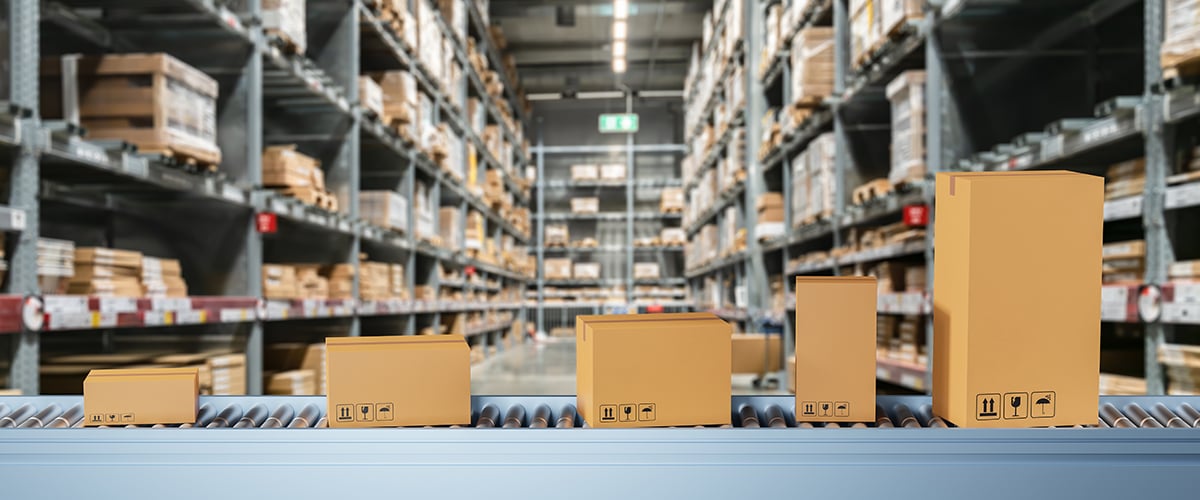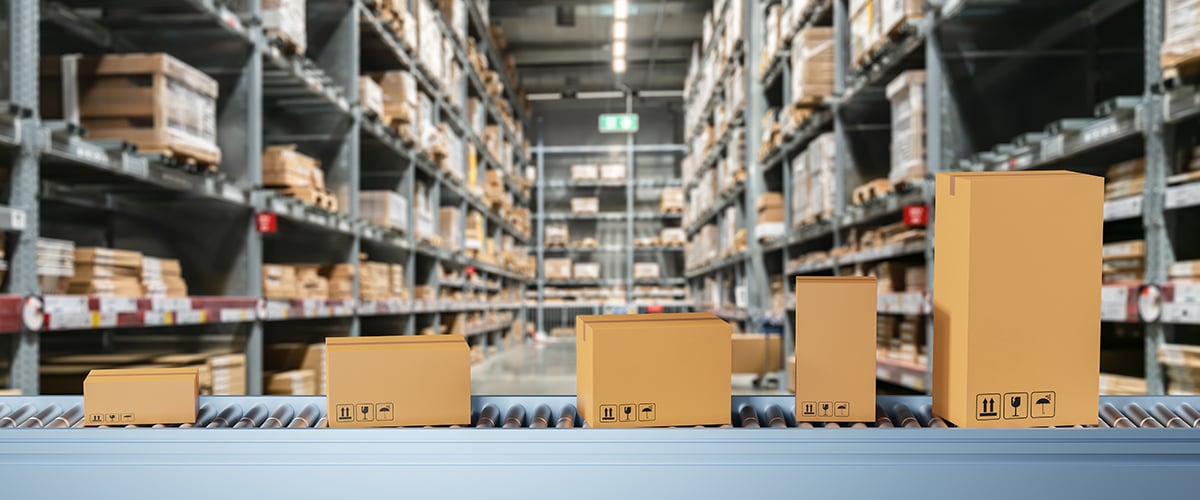When you just can't get the warehouse staff...
As we start a new year, the news headlines continue to be dominated by COVID-19 and its impact across the globe. The new Omicron variant is rewriting the rules when it comes to staff absenteeism, putting pressure on all walks of life. This, coupled with chronic labor shortages and rising costs, is making it increasingly difficult for DCs to process higher volumes from ever accelerating e-commerce activity.
Last year’s Q4 statistics for the UK show a record breaking 11% growth on top of the mammoth online delivery volumes recorded at the height of COVID-19, while in the US e-commerce sales jumped 11% during the recent holiday shopping season alone – that’s over $200 billion online spending during November and December.
With the prolific spread of Omicron, operators are stockpiling more too, as a safeguard, which means much higher inventory levels that also have to be accounted for. Furthermore, extra challenging staffing levels and lots of unscheduled absenteeism are limiting output, so floor labor management has never been more difficult.

That’s why I can say from experience only forward-thinking businesses, that invest wisely in the digital software and integrated automated solutions necessary to streamline and maximize quick delivery fulfillment operations, can thrive under such unprecedented levels of demand.
A nimble and agile warehouse management system (WMS), such as SnapFulfil, allows warehouse operators to stay current and competitive and modify their processes seamlessly and quickly to meet peak and labor challenges without incurring additional costs.
We’re working with customers to help them meet this COVID-crisis head on by way of real time data and warehouse planning - to optimize both space and resource, in order that business as usual can be maintained in these exceptional circumstances.
When quality labor is at a premium and self-isolation is a reality, coupled with a rapid change in orders, then having the very latest data to boost the effectiveness of the available workforce, their picking and packing performance, plus available space – underpinned by highly efficient receiving and put-away activity – is vital.
This gives customers a holistic view of the DC by amalgamating data from various sources and locations into a single RAG-based central dashboard. The data can be drilled down to produce granular documentation such as shipping reports, warehouse heat maps, as well as order, delivery and location maps, plus operator tracking and picking performance – useful at the best of times and critical during and post pandemic.
What’s more, it allows for remedial measures to be quickly and inexpensively enacted, because highly configurable WMS software means every aspect of the e-commerce fulfillment process can be made intuitive for floor staff and management alike.
Cloud-based SaaS WMS also offers immense flexibility to handle dynamic return operations as required, as well as easy integration with other company systems to facilitate a holistic reverse logistics operation.
Real time data analysis and the associated process improvements ensures that customer satisfaction goals are met, that available workers are performing at the highest levels of efficiency, plus that you maintain compliance across the entire supply chain.
Additionally, the invaluable and ‘live’ return data captured can aid everything from future stock planning and product management to supplier evaluation and customer lifecycle and loyalty management.
Higher returns go hand in hand with e-commerce peaks like Christmas and when you consider forecasts see UK online returns busting £3 billion this January – an all-time high - it pays to be ready, willing and able. That’s some 10% of all purchases from 1st November to 24 December heading back into inventory.
In the US approaching $500 billion worth of goods were returned last year and while around 8-10% were for bricks-and-mortar purchases, that figure more than triples to a whopping average of 30% for online sales.
Labor and inventory squeezes (for goods in and out) have unfortunately become part of our warehouse new normal, but cost effective and agile digital technology is readily available to help visualize and mitigate shortages and bottlenecks - and enable you to achieve more for less with the same resources.



